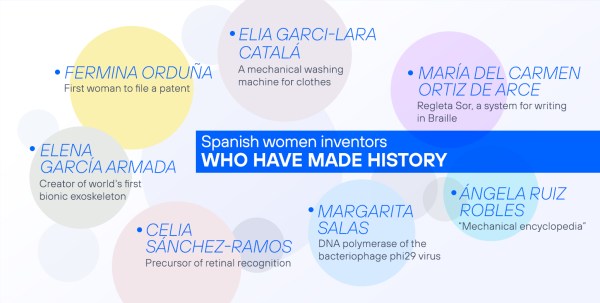Historical and cultural heritage is the totality of assets accumulated in a given region over the course of history. They may be tangible or intangible, but they are part of our civilisation and the heritage of each country. In addition, it is a powerful economic driver in terms of tourism.
It is a legacy of the past that we live in the present and that we must pass on to future generations. For this reason, it requires a major effort in maintenance, conservation and improved management. And the potential of new technologies to protect the memory of these unique pieces is particularly important when they become the target of terrorists or when armed conflict breaks out.
Technology to Curb the Destruction Strategy
When the Bamiyan Buddhas in Afghanistan were destroyed more than 20 years ago, this caused an unprecedented global shockwave. After that, such attacks on priceless artefacts became more common and were part of strategic propaganda plans commonly referred to as “mass broadcast terrorism”. The destruction of several shrines in Fallujah, Iraq, the attack on the Arch of Triumph in Palmyra, Syria, and the bombing of the Balili Mosque in Yemen, among others, were sad news.
What happens in wars? Such destruction is constant and sometimes random: buildings, modern and old, functional and artistic, are reduced to rubble on a daily basis. Not to mention the erosion caused by time, climate and environmental factors. Governments must therefore develop preventive policies and use technology to save the historical and cultural heritage that helps to preserve the history of each country.
UNESCO has been working on this approach for several decades, particularly since the 1972 Convention Concerning the Protection of the World Cultural and Natural Heritage. This international organisation believes that no progress is sustainable without the cultural roots of the past, and that preserving historical heritage is essential to achieving this.
How Can Technology be Used to Preserve Historical Heritage?
The development of certain technologies is a powerful tool in the fight against the disappearance of a territory’s cultural heritage. In an attempt to prevent this, it supports encouraging initiatives in this area, where innovation is key to the fight.
One of the most famous is undoubtedly Virtual Reality (VR), which allows the creation of interactive digital models of buildings, monuments and other heritage objects. With the use of VR devices, one can explore these models and experience a sense of immersion in the historic environment. This is something that is being very well received at the moment, especially the in the education sector.
To create these virtual models, laser scanners are sometimes used to build highly accurate three-dimensional digital models of buildings, monuments and other heritage objects, which are still preserved. These models can be used to document the current condition of objects and to plan restoration or conservation work.
Drones are also widely used to support the work of archaeologists, conservators and other professionals involved in the preservation of these unique pieces. These devices capture aerial images of monuments and archaeological sites, which are then processed to create 3D models and topographic maps that help scientists better understand the site environment and the spatial distribution of artefacts.
There are also monitoring systems and sensors that measure and record environmental factors that can affect the conservation of heritage assets, such as humidity, temperature, air quality and others.
Backup Ukraine, a Technological Breath of Hope
The collaboration between the Danish National Commission for UNESCO and Blue Shield Denmark, a non-profit organisation, has opened up a new avenue for action. What does it involve? It is a 3D scanning technology called Polycam that is used from an enabled mobile device to document the selected scenarios in three dimensions.
The system uploads this digital information to the cloud, facilitating its global distribution, thereby preserving its enjoyment and the cultural identity it represents. It also has another, equally interesting consequence: to serve as a guide and reference for the subsequent reconstruction of the treasures of the devastated countries.
This system has been used in Ukraine as part of a campaign called Backup Ukraine, which aims to ensure that every building, monument, scene, shelter or location is digitally documented in the cloud with absolute accuracy for as long as it exists. The most innovative technological advances and new solutions meet the challenge of heritage conservation and play an important role as working tools for archaeologists, conservators and other professionals involved in the preservation of historical heritage.








